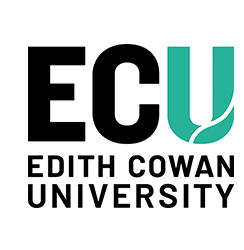Abstract
Background: Dementia after the age of 80 years (late-life) is increasingly common due to vascular and non-vascular risk factors. Identifying individuals at higher risk of late-life dementia remains a global priority. Methods: In prospective study of 958 ambulant community-dwelling older women ( ≥ 70 years), lateral spine images (LSI) captured in 1998 (baseline) from a bone density machine were used to assess abdominal aortic calcification (AAC). AAC was classified into established categories (low, moderate and extensive). Cardiovascular risk factors and apolipoprotein E (APOE) genotyping were evaluated. Incident 14.5-year late-life dementia was identified from linked hospital and mortality records. Findings: At baseline women were 75.0 ± 2.6 years, 44.7% had low AAC, 36.4% had moderate AAC and 18.9% had extensive AAC. Over 14.5- years, 150 (15.7 %) women had a late-life dementia hospitalisation (n = 132) and/or death (n = 58). Compared to those with low AAC, women with moderate and extensive AAC were more likely to suffer late-life dementia hospitalisations (9.3 %, 15.5 %, 18.3 %, respectively) and deaths (2.8 %, 8.3 %, 9.4 %, respectively). After adjustment for cardiovascular risk factors and APOE, women with moderate and extensive AAC had twice the relative hazards of late-life dementia (moderate, aHR 2.03 95 % CI 1.38 – 2.97; extensive, aHR 2.10 95 % CI 1.33 – 3.32), compared to women with low AAC. Interpretation: In community-dwelling older women, those with more advanced AAC had higher risk of late-life dementia, independent of cardiovascular risk factors and APOE genotype. Given the widespread use of bone density testing, simultaneously capturing AAC information may be a novel, non-invasive, scalable approach to identify older women at risk of late-life dementia.
Document Type
Journal Article
Date of Publication
9-1-2022
Volume
26
Publication Title
The Lancet Regional Health - Western Pacific
Publisher
Elsevier
School
Centre for Precision Health / Nutrition & Health Innovation Research Institute
RAS ID
44406
Funders
Kidney Health Australia / Healthway Health Promotion Foundation of Western Australia / Sir Charles Gairdner Hospital Research Advisory Committee Grant / National Health and Medical Research Council of Australia
Creative Commons License

This work is licensed under a Creative Commons Attribution-Noncommercial-No Derivative Works 4.0 License.


Comments
Porter, T., Sim, M., Prince, R. L., Schousboe, J. T., Bondonno, C., Lim, W. H., ... & Lewis, J. R. (2022). Abdominal aortic calcification on lateral spine images captured during bone density testing and late-life dementia risk in older women: A prospective cohort study. The Lancet Regional Health-Western Pacific, 26, Article 100502. https://doi.org/10.1016/j.lanwpc.2022.100502